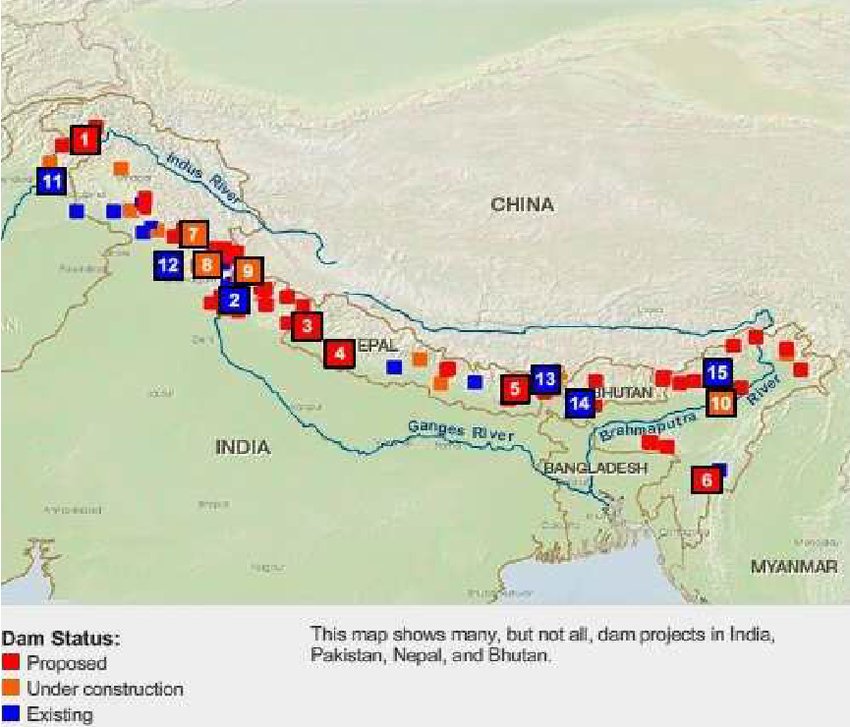
Geological, historical & geophysical observations show that the entire Himalayan arc is poised to produce a sequence of great #earthquake. Human catastrophe likely to be unprecedented. The abstract is scary to the point. @yamunajiye #Uttarakhand #Himalayas pubs.geoscienceworld.org/ssa/srl/articl… 

It is estimated that due to the average rate of convergence between the Indian and Asian plates, every year adds additional strain on the Main Himalayan Thrust (MHT) that needs an Mw =7.3 #earthquake for release. @yamunajiye @RaajSonak
As per a review of earthquakes in the #Himalayas in past 1000 years; over the past 500 years, there haven’t been enough big earthquakes (Mw = 8 and above) to ease the accumulated strain in large sections of the Himalayan arc.
#earthquake @yamunajiye
#earthquake @yamunajiye
Since 12th century Indian plate has moved about 12 m northward. In only two locations (eastern Nepal and eastern Assam) has this accumulating elastic energy been released. But the rest of the #Himalaya now needs big #earthquake (Mw = 8.2-8.7) to release the strain. @yamunajiye
There have been some strong #earthquake in the western & central #Himalaya in past 100 years.The Kangra EQ (1905, Mw7.8), Uttarkashi EQ (1991, Mw6.8), #Chamoli EQ (1999, Mw6.8,) and the Kashmir EQ (2005, Mw7.6) were actually moderate to major earthquakes. @yourdaven @yamunajiye
Geologists are increasingly certain that what these earthquakes have done is to load greater strain where they occurred, making a big #earthquake even more necessary. A big earthquake is simply a more efficient way of relieving elastic strain built up in the faults.@yamunajiye
The two sites which saw the great earthquakes were the 1934 EQ in Nepal-Bihar (Mw8.4) and the 1950 EQ in Tibet-Assam (Mw8.6). Both were extremely destructive. But the rest of the #Himalaya now needs big #earthquake like these two to release the strain. @yamunajiye @rapiduplift
“Central Seismic gap" in the Central #Himalaya (between Kathmandu/western Nepal and Dehradun) is a section, bracketed between the 1905 and 1934 earthquakes, which hasn’t seen a big #earthquake in at least 500 years. Its enormous seismic energy is waiting to be released.
Bilham has identified 15 Himalayan segments that might fail, in future earthquakes. Some of these could be in the form of big #earthquake. These include Kishtwar in Jammu, Nahan in HP, Almora in #Uttarakhand, the Central Seismic Gap, Sikkim, W. Bhutan & Arunachal. @yamunajiye 

Considering this potentially high seismic risk, this will be particularly catastrophic for a region marked by an ever-growing population and unhindered expansion of the built-up environment, to be contrasted with poor preparedness to meet this contingency.
@yamunajiye #earthquake
@yamunajiye #earthquake
• • •
Missing some Tweet in this thread? You can try to
force a refresh




